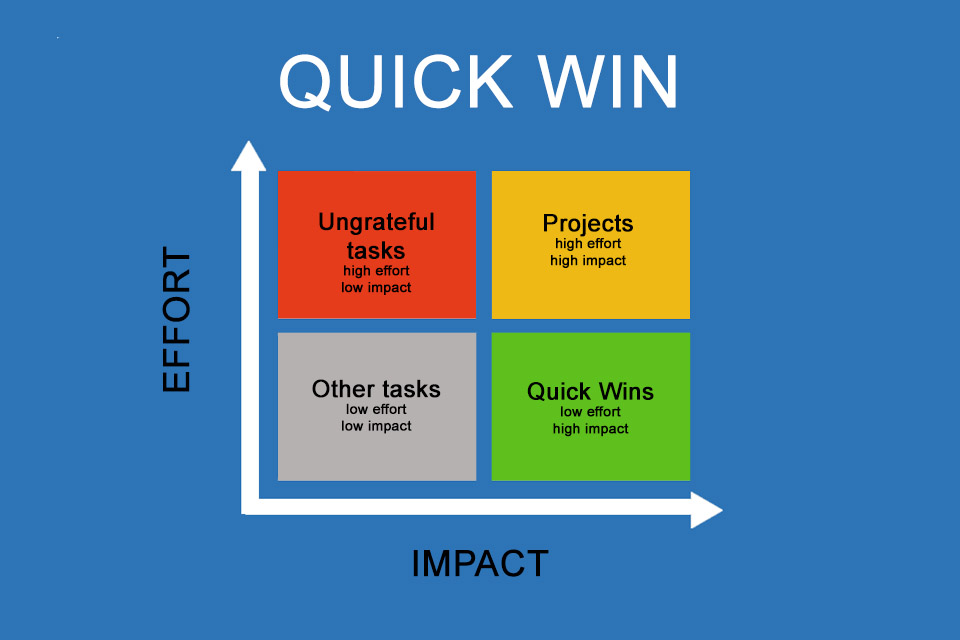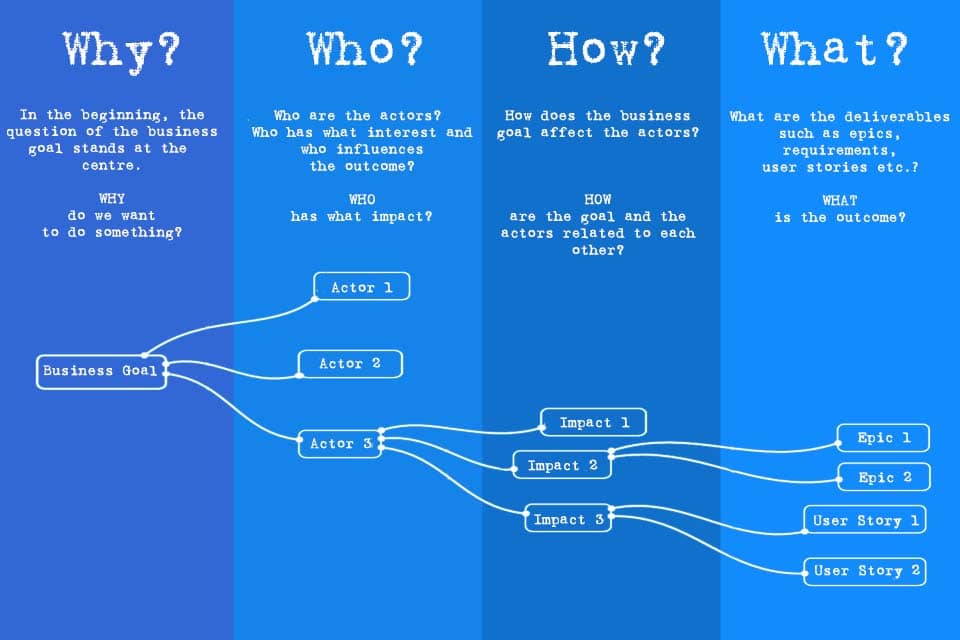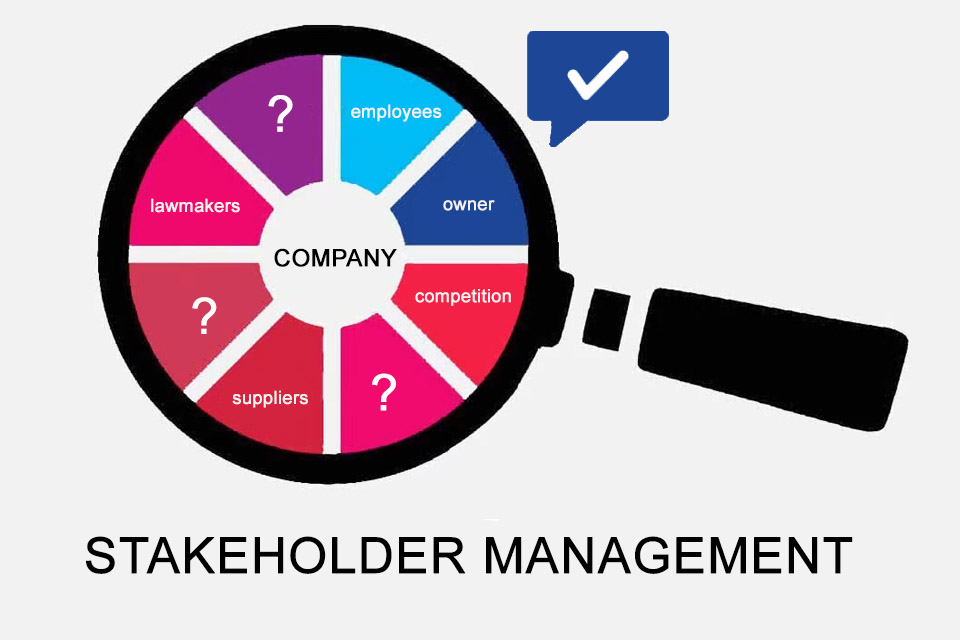What is a Quick Win?
Quick win – proof of the effectiveness of a simple measure
Quick wins are small, easy-to-implement measures that bring immediate positive results. They are characterised by the fact that they can be implemented relatively simply and without major risks and quickly lead to visible progress or improvements. At the same time, they require little or no investment and involve little effort and cost. They are also easy to reverse. Quick wins can be achieved in both professional and private contexts.
Alternatively, they are also referred to as “low hanging fruit”, “easy win”, “early win”, “no brainer” or “immediate improvement”.
The purpose of quick wins
What is the purpose of quickly visible progress or actions that have an immediate positive impact?
- Quick wins give people immediate positive feedback that increases their motivation and gives them the feeling that their efforts are bearing fruit.
- Immediate success can create positive momentum and provide the impetus for further progress. This momentum can lead to people being more motivated to tackle bigger goals.
- When large goals are broken down into small, easily achievable steps, the task becomes less overwhelming and there is a sense of control over progress.
- When people quickly recognise that a certain action leads to positive results, they are more willing to repeat that action. This reinforces the desired behaviour.
- Quick wins can act as a psychological anchor, making it easier to justify further effort and overcome barriers.
Sounds all positive, right?
The dangers of quick wins
Although quick wins can bring positive results in many situations, there are certain scenarios in which they may not have the desired effect or may even have negative consequences¹:
- If fast gains come at the expense of long-term goals or short-term wins exacerbate long-term problems, they can have long-term negative effects – for example, cost savings can lead to quality issues or customer dissatisfaction.
- If short-term measures are not sustainable and do not support long-term change, they can lead to old problems reoccurring or the motivation of those involved decreasing when they recognise that the successes are not permanent.
- If short-term measures are taken unilaterally at the expense of other interests or stakeholders, this can lead to conflicts or tensions. It is important to ensure that measures meet the needs and priorities of all stakeholders.
- If measures are implemented without sufficient analysis and reflection, there is a risk that they will be ineffective or have undesirable side effects. It is important that even small steps are reflected upon to ensure that they lead to the desired results; if necessary, it may also make sense to reverse steps.
- If quick wins do not adequately consider risks or potential negative impacts, they can lead to unforeseen problems or exacerbate existing problems. It is important to identify and assess risks before implementing short-term measures.
In short, it is useful to consider whether quick wins are the best strategy and whether they are in line with long-term goals (and also values). It may also be advisable to consider alternative approaches or take additional measures to ensure that the desired goals are achieved in a sustainable and balanced way.
Examples of quick wins
There are countless examples of measures that can achieve positive effects in the short term with little effort. Here are a few examples:
In online marketing, for example, tools help to track down websites with multiple H1 headings, missing meta descriptions, duplicated content or faulty links.
In project management, it helps to learn from previous projects before similar mistakes are repeated. And it helps to conduct regular retrospectives, involve stakeholders and develop in short iterations.
In requirements management, it makes sense to use standardised structures for defining requirements in order to identify missing information and contradictory requirements.
In product management, small changes to the user interface can improve the user experience and optimise user interaction with the product. This can help to increase customer satisfaction and boost product acceptance.
In process management, the introduction of standardised workflows or procedures can help to promote consistency and efficiency, which in turn leads to fewer errors and a higher quality of work.
Impulse to discuss
Notes:
If you like the article or would like to discuss it, please feel free to share it in your network. And if you have any comments, please do not hesitate to send us a message.
[1] In their publication The Quick Wins Paradox, Mark E. Van Buren and Todd Safferstone describe five traps on the way to quick success in change management.
Here you can find additional information from our Smartpedia section:



